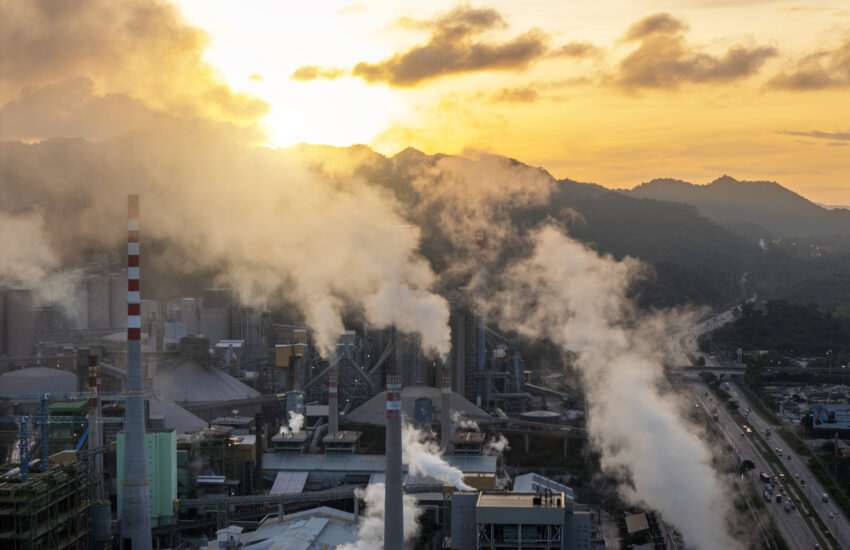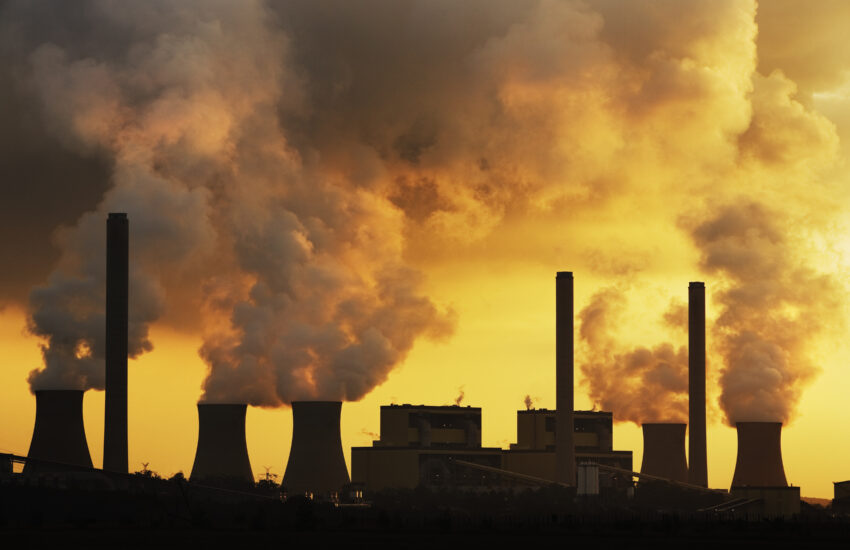Member states of the International Maritime Organization (IMO) voted on Oct. 17 to delay the adoption of a comprehensive plan to decarbonize the global shipping industry. The decision came in response to threats of sanctions from the United States, which warned of tariffs, visa restrictions, and port levies against countries supporting the measure.
The IMO has been laying the foundation for climate action in shipping for years. In 2023, it adopted a revised Greenhouse Gas Strategy, setting a goal to reduce net emissions from international …
Continue Reading








